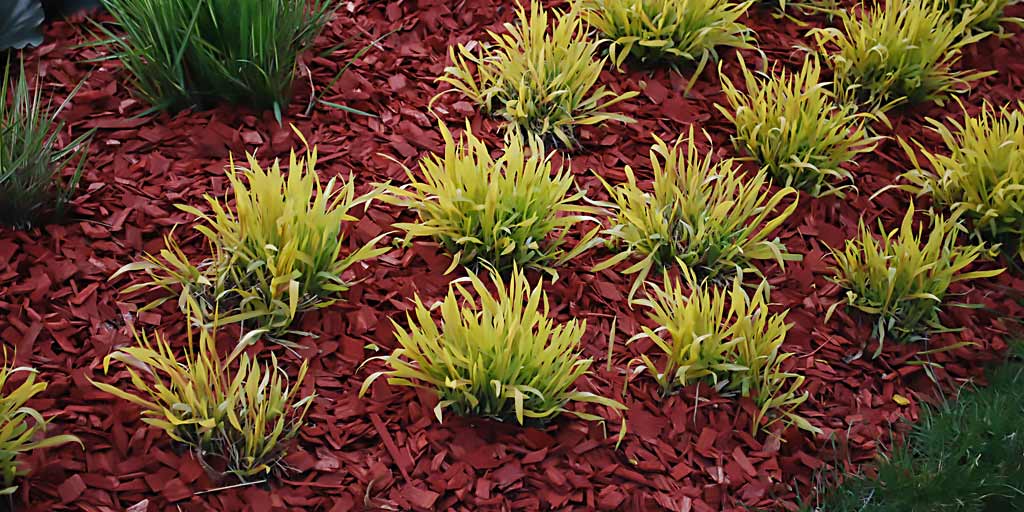4 Ways to Solve Landscaping Drainage Problems

If rainwater stands in your yard for hours after the rain stops, you may need to do some custom landscaping for drainage. Backyard flooding can ruin outdoor plans and make your yard unusable for hours or even days after a heavy rainstorm.
Here are a few different ways that you can drain the excess water and keep your yard, no matter how much rain falls.
1. Swales
A swale is an old-fashioned drainage system, designed to catch rainwater and hold it, allowing the water to slowly drain into the soil. Swales were used for thousands of years, but have been cast aside in modern times in favor of concrete-lined sewers for disposition of rainwater.
For the ultimate in custom landscaping, make a swale by carving out a linear depression in the ground, about one to two feet deep. Bank the sides, so the swale looks like a half-pipe, the kind used by snowboarders and other extreme sports.
Plant trees and bushes along the borders of the swale. They will absorb some of the water. The width of the swale should be overhung with the branches of the trees planted along its sides, which helps stop evaporation of the water.
Request a Free Estimate for Your Residential or Commercial Landscaping Project
Request a Quote2. Rain Garden
A rain garden is another way to improve landscaping drainage and keep rainfall from running into the sewer system. Build the garden with center below ground level and slope the rest of the garden upwards toward the bed’s border. Plant the most water-tolerant plants in the center, those that prefer slightly drier conditions in the area just outside the center and plants that can handle drought near the borders.
Site your rainwater garden at least 10 feet from your house and at least 50 feet from slopes greater than 15 degrees or your septic system. Dig a 2-foot-deep hole and fill it with one foot of water.
Time how long it takes to drain, then divide the number of inches of water you started with by the number of hours it took to drain. This will determine the number of inches per hour that your rain garden will drain.
Anything over .5 inches per hour is good; significantly less than that means it is not a good site for a rain garden.
Finally, run a drainage pipe from your downspout and gutter system underground to the rain garden. Then plant your plants.
3. Divert Rain Spouts
Rain spouts originate in the rain gutters and transfer rainwater from the gutters, down the spouts and onto the ground next to the house. Poor yard drainage can cause water to back up into the basement or flood the walkways beside the house.
You can divert the rain spouts’ terminus into an underground storm drain pipe, which will divert the rainwater away from the house and improve landscaping drainage. It can be connected to empty out into a rain garden, a swale, or a drainage pit specifically designed to prevent flooding of the land or your basement.
4. Draining Driveways
A fancy, decorative version of a surface drain—an underground pipe placed in an area where rainwater collects—can be installed in your driveway to catch excess rainwater.
Usually installed across the full width of the driveway right next to the garage, this type of a surface drain can be fitted with a decorative metal grate for aesthetic purposes. The grate is necessary to keep leaves and other debris out of the drain.
If your driveway is below the surrounding grade or seriously flooded with most every rainfall, installing several surface drains along its length can remove the excess water and drastically improve your landscaping’s drainage capacity.
A completely permeable driveway can also handle rainwater runoff. Permeable pavements are designed to allow water to pass right through to the soil below. Other options include individual pavers that are permeable, grass pavers or gravel.
Need a Professional’s Advice?
The landscape designers at Executive Landscaping are experienced in managing and eliminating flooding from rainfall in residential landscaping. They will work with you to design solutions to your landscaping drainage problems, including backyard flooding, and will improve your yard’s drainage. Contact us today to get rid of excess rainwater or for any landscaping problem or project you want or need.
